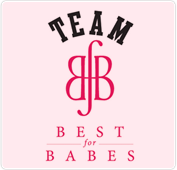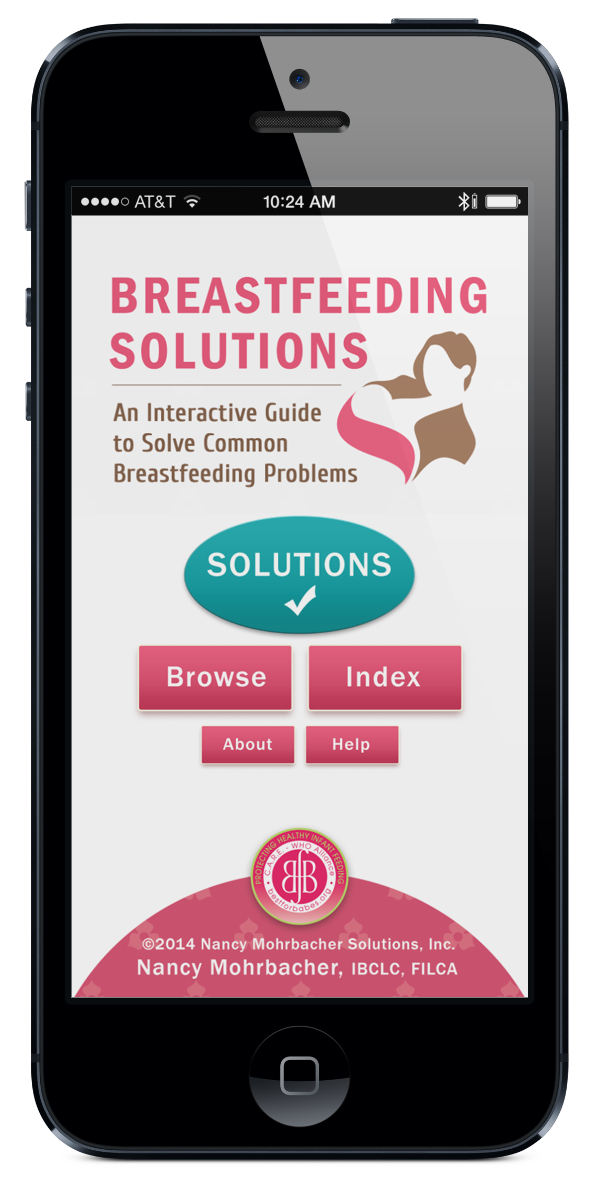Originally published May 15, 2010; updated May 19, 2016
For the 2016 celebration of International Milk Donor Day, we revisited this 2010 interview with Pauline Sakamoto, MS, RN, PHN, president of HMBANA. We’re happy to see that the number of HMBANA milk banks AND the number of hospitals using donor milk has increased substantially in the past 6 years! However, there is still a lot of work to do, especially in the area of insurance reimbursement for donor milk.
In preparation for our inclusion in this week’s Pregnancy Awareness Month Nutrition Newsletter, we asked Pauline Sakamoto, President of the Human Milk Bank Association of North America, to answer some questions we thought moms might have about the next best choice to mom’s own milk: donor milk. For information on the screening and processing of donor milk, please see www.hmbana.org. For more about alternatives to breastfeeding, see What is Next Best?
- How do I get donor milk? Who typically writes the prescription for donor milk? Do most physicians know about donor milk? What is being done to educate health care providers about donor milk? Donor milk is available by prescription only. The prescription is usually written by the Neonatologist or Pediatrician. There are a few Family Practice Physicians that order human milk. Considering that the AAP (American Academy of Pediatricians), CDC (Centers for Disease Control), ACOG (American College of Obstetricians and Gynecologists), AAFP( American Academy of Family Physicians), for example, supports HMBANA milk banks, I believe the increased use of donor milk is due to the strict adherence to standards that we uphold. These standards are routinely updated when the research is solid. In the early 2000’s, studies did show that most physicians did not know about the safety of donor milk and were reluctant to prescribe. However, once the hospitals’ staff started using donor milk, almost all are able to include donor milk secondary to mom’s own milk as the feeding regimen of choice. HMBANA members continue to do outreach and conferences to educate health care professionals. April 12 and 13th in Cambridge, HMBANA hosted the third International Congress of Milk Banks. We are pleased to have nationally known speakers on infant nutrition and breastmilk coming to present the latest research on human milk. It is the 25th Anniversary of HMBANA and the 100th Anniversary of milk banking in North America.
- How many hospitals/maternity centers (of 3,000 in U.S.) keep a supply of donor milk on hand if additional supplementing is medically indicated?
It is hard to get the names or numbers of hospitals that keep a supply of donor milk. Most hospitals want to keep that data confidential. However, on our website you can see that there are just a few states that do not have hospitals using donor milk (select Who Do We Serve). The US map with all the dots shows the cities with hospitals that use donor milk. In 2009, 814,960 ounces were distributed to NICU’s in North America. That is a tremendous increase if you consider that in 2005, the HMBANA milk banks distributed a total of 745,000 ounces (we distributed 648,511 oz to outpatient older infants in 2009). The 2009 number is astounding when you think that ¼ of an ounce is sometimes a “meal” for these infants. 2016 update: over 6,800 moms donated more than 3.77 million ounces of milk to HMBANA milk banks in the past year!
- Once a parent has a prescription for donor milk, is the milk provided free of charge? If not, is it covered by insurance? Is there a limit to how much is provided or for how long! Is it only provided in extreme circumstances or any time there is a prescription?The milk we provide is donated. However, there are specific and rigorous screenings on the milk and donor that have to be done plus the shipping charges before a prescription is honored. Each independent milk bank charges their own processing fees for the milk. We are finding more insurances are covering milk for specific medical conditions. Sadly, this is a very small proportion of our clientele. Policy has been developed for insurance companies to cover donor milk, however, the practice has yet to be adopted by all insurance plans. Depending on the diagnosis and the volume of milk available, we could (and have) serve(d) a child with donor milk for the long term. All requests for donor milk must be accompanied with a prescription from a medical doctor, doctor of osteopathy and/or nurse practitioner working with a physician.
- Who pays for the processing of donated milk?
The clients pay for the processing of donor milk.
- How many milk banks are there and will there be more?We have 11 milk banks, 5 coming up in Oregon, Boston, Florida, Kansas City, and Ontario Canada. New interest in Tennesee and New York.
2016 update: there are now 18 HMBANA milk banks! HMBANA now has milk banks in Alberta, British Columbia, and Ontario, Canada; as well as Alabama, California, Colorado, Florida, Illinois, Indiana, Iowa, Michigan, Mississippi, Missouri, Montana, New England, North Carolina, Ohio, Oklahoma, Oregon, Pennsylvania, South Carolina, Texas (3!), and Virginia. There are also developing banks in Utah, Pennsylvania, New York, Minnesota, and Louisiana.
Please let us know if you have any questions, and we will do our best to get them answered and posted!





do you have any in new orleans,la
How can I donate my frozen breastmilk? I have over 100 ounces to donate.
Go to http://www.hmbana.org for information on how to donate your milk.
I am looking for donated human breast milk for my sister’s infant. MY sister has primary lactation failure and has produced only 3-4 drops of colostrum in 12 days. Lactation consultants, post=partum nurses, doulas, peds, OB, and her personal 25 years LDRP/newborn RN (me) have done everything possible to help but there is no milk. It is not a question of stress, latch, (baby was on breast with 15 minutes of delivery for 30 minutes), positioning, not pumping, no suck time, etc. There were medical problems, hypothyroid, menopause, PIH and she still has swelling and high BP which I believe is all related to inadaquate prolactin production and no milk. Would love local donor as opposed to going thru a milk bank-have a DO as PED will would write the prescription. Just need a contact thru word of mouth or internet. Goddess Bless all who can help us and pray for milk.
Best for Babes does not endorse donor milk other than through a HMBANA-affiliated human milk bank, but we have seen many mothers turn to milkshare.org. Best of luck to you and so glad that you are surrounded by such supportive professionals!